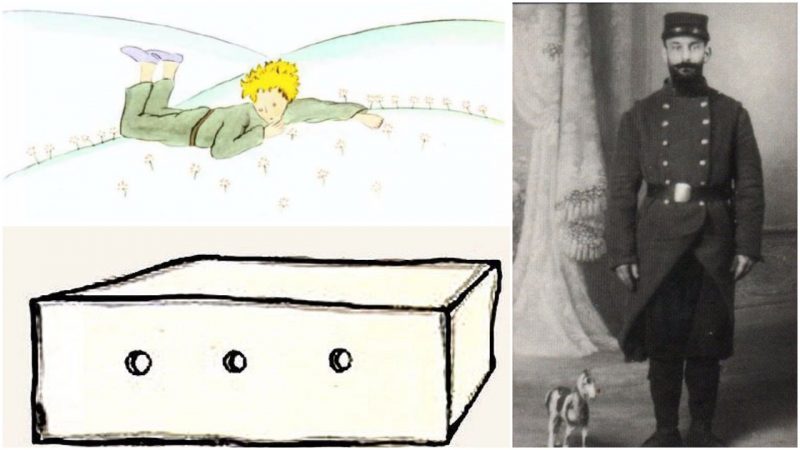“Draw me a sheep, if you please,” said the Little Prince, who, to the surprise of the stranded man, happened to appear mysteriously in the middle of the desert. Astonished by this sudden apparition, the man, after a moment of perplexity, pulled out his sketchbook and drew a sheep.
The first was too skinny and sickly in the boy’s eyes, so the man, who up until that day, and it was when he was a child, had only ever drawn an elephant inside a boa constrictor, tried again and scribbled another sheep. Yet it was in vain, for this one was not a sheep at all but clearly a ram, as thе charming and intriguing child asserted, pointing to its horns. The next one was not to his liking either, as it was very old and wouldn’t live for much longer, and so with his patience wearing thin, the pilot, who’d crashed his plane in the Sahara Desert just moments before his new friend popped up along with his baffling wish, drew a box in frustration, explaining that the sheep he sought was inside.
While the prince was joyous over getting precisely what he wanted, the rest of us are still baffled, trying to figure out why this exact sheep would be the right one for the Little Prince. Perhaps it’s because we, as grown-ups, need everything explained to us.
So begins the enchanting classic The Little Prince.
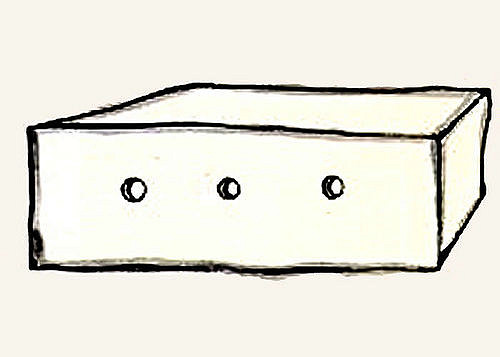
After so many years, we still seek to find the “true” meaning to Antoine de Saint-Exupéry’s unparalleled story–a story that is equally appealing to children and adults–and to unravel why exactly the author decided to dedicate this beloved classic children’s book to a grown-up.
The time of struggle in which this particular grown-up lived reveals an answer to both questions. While the book was dedicated to “Léon Werth when he was a little boy,” it was set in a time when any boy could have been in desperate need of comfort, and the man he grew into needed to be reminded of the boy inside him.

“The real pleasure is the pleasure in another person,” Saint-Exupéry is found saying in his book published in 1943, Letter to a Hostage, which was initially intended as a preface and introduction to Leon Werth’s novel. Werth was a close friend of Antoine’s, sharing his views on life. A renowned novelist, acclaimed journalist, and above all, an outspoken man of honor who openly critiqued the despots and dictators of this world, he would strike out at anything he deemed oppressive and authoritarian. Moreover, he was a Frenchman of Jewish descent and on the morning of June 11th, 1940, completely unprepared, he and his wife, Suzanne, left their Parisian home to escape the Wehrmacht of Nazi Germany that in the early hours of the morning overflowed Paris, blanketing the city boulevards as fallen leaves do in autumn.

As he was moving southwest in a desperate quest for survival while also looking for his lost son, he wrote a memoir of his devastating experience and the long walk of more than 8 million souls trying to cross the River Loire in search of shelter. The advance of the Nazi Germans into France led to one of the largest mass migrations recorded in history and the story he wrote in “l’Éxode” is an unbiased chronicle and indispensable account from eyewitnesses, documenting a major historical event in a time of war, one which the world, unfortunately, knows very little about.
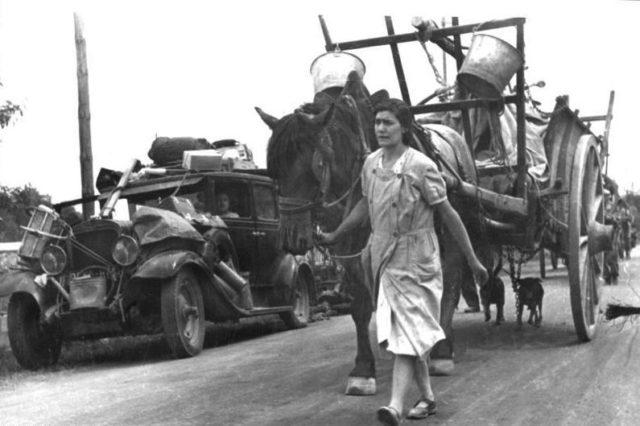
Apart from the many books written about the war in which “at stake, this time is the totality of man, the totality of all men,” as Werth describes it, this short novel was written by a man whose mind was not accustomed to selective transmission of historical occurrences in order to depict heroism or to condemn the enemy and spur nationalist propaganda. He wrote it as an observation of a humanity in its downfall. His writing illustrates a time when one resided in an unnatural state of existence.
“I ask myself whether in all wars there aren’t these contacts between conquered populations and victorious soldiers. Historians and novelists neglect them because they want their texts to be edifying and discreet, because such unfortunate details break with the party line, spoil their crude imagery,” says Werth while taking notice of the nuances of everyday life under occupation.
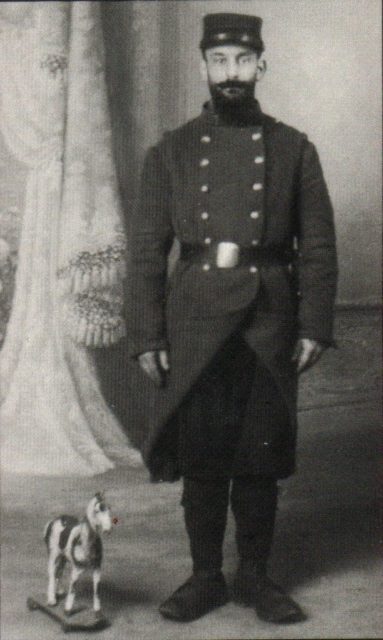
It’s a clear-cut and brutally honest chronology of the terror he and his wife endured over 33 days on the way from their apartment in Paris to Saint-Amour, north of Lyon, where they took refuge, and what he felt as he was traveling in this unfathomable world. As such, it was written for one specific reader, the only man he trusted and felt could fully grasp the situation, knowing that he would give all he could for it to see the light of day exactly as he had experienced it.
The manuscript miraculously found its way to his dear friend Saint-Exupéry, who right away flew to New York so that he could use the connections he had with publishers and help the words come alive. He wrote an introduction to Werth’s pages in what was meant to be an honest plea to the United States to enter the war and intervene while the German troops were advancing across France.
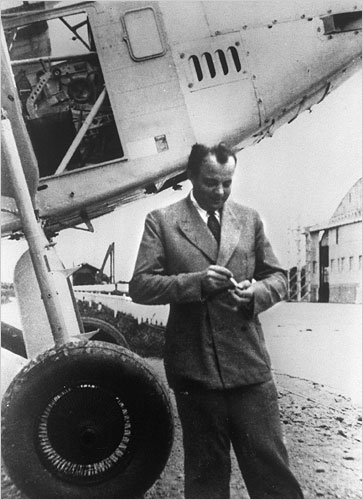
“The one who haunts my memory tonight is fifty-years-old. He is ill. And he is Jewish. How will he survive the German terror? To be able to imagine that he still breathes I have to believe him overlooked by the invader, secretly protected by the magnificent wall of silence built around him by the farmers of this village…My friend, I need you as one needs a mountain top where one can breathe. I need to sit down with you once more, with our arms on the table on the banks of Saône… So if I am still fighting, I fight a little also for you… I shall serve your truth as you would have served mine…I must help you to live,” concludes Antoine de Saint-Exupéry in the last dying page of his introduction.
Sadly, despite all the effort, Werth’s book was rejected and tucked away in a drawer never to see the light of day for another 50 years. It was in 1992 that France published 33 Days, and it reached the United States in 2015. However, in 1943, the very same allegory of the fragile human condition Werth wished to convey was published, only it was conveyed in the words of his dear friend, concealed as a book for children when in actuality it was an inspirational parable about faith. In the same manner, the sheep is perfect when it is concealed in the box because it is drawn for the heart viewing, and not the eye.
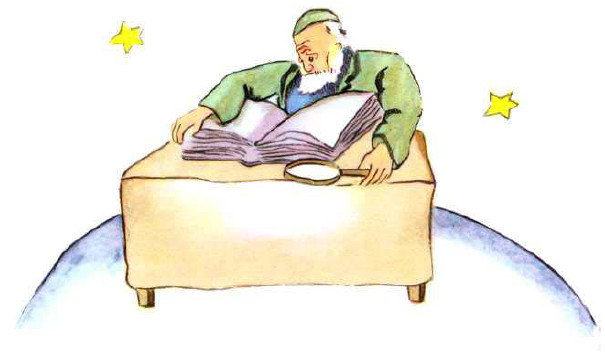
Right after this, Saint-Exupéry rejoined the war, justifying his actions with “I cannot bear to be far from those who are hungry… I am leaving in order to suffer and thereby be united with those who are dear to me.” He didn’t make it back, disappearing over the Mediterranean in 1944.
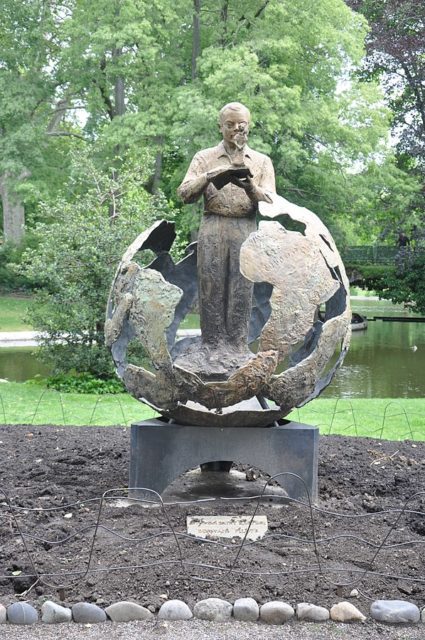
“My son is alive because I smile…” writes Saint-Exupéry about a mother who was without news of her son, in the introduction published by Melville House in 2015. He began The Little Prince with his dedication to Werth, a grown-up who “understands everything” and who is “hungry and cold” in France, and also whom at the time he didn’t know if he was even alive. However, while it is clearly dedicated to Werth, the words that follow are most probably aimed to all who forgot the beautiful innocence of a child, a child they once were also, in hope of reminding everyone to reconnect with this part of themselves once again.
“The world conspires to make us blind to its own workings; our real work is to see the world again,” writes Adam Gopnik in The New Yorker. There are but a few instances when a phrase, a paragraph, or a book for that matter can make a man write with such profundity. Saint-Exupéry manages to do so with his very first few words, “All grown-ups were children once—although few of them remember it.”
